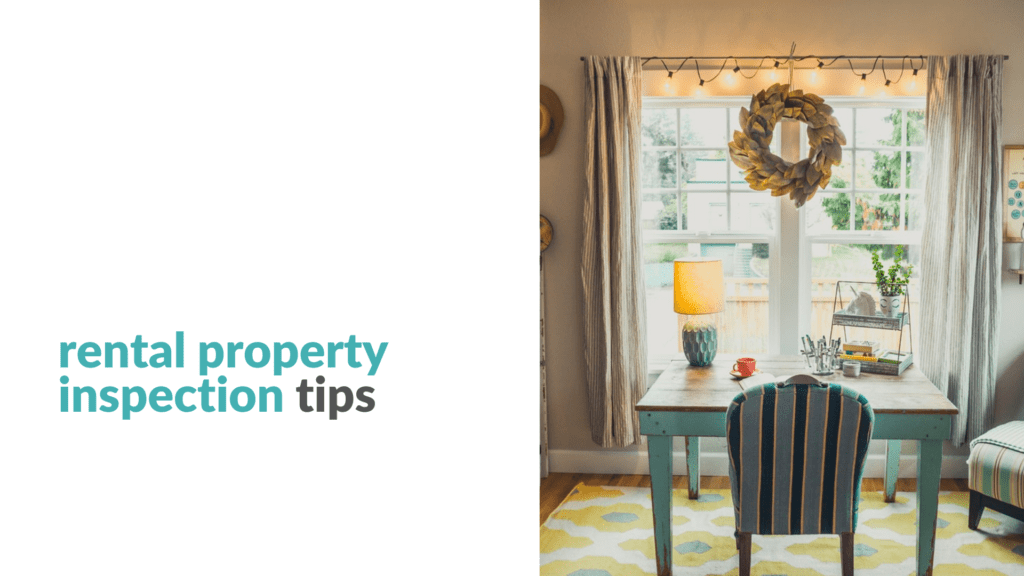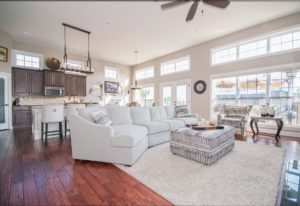
Rental property inspections should be done before a tenant moves in, after a tenant moves out, and at least once during the lease term. While you don’t want to be a nuisance to your tenants, you do want to check in on the property and make sure everything is in order. This will help you protect its condition and value. It will also let your tenants know that you expect them to follow the terms of the lease agreement, maintain the property, and communicate with you throughout the tenancy.
Every landlord conducts their inspections a little differently. Here are the six things we think you should always look for while inspecting your Bradenton rental property.
1. Property Condition and Cleanliness
One of the most basic questions you’re hoping to answer when you conduct a property inspection is pretty simple – how’s the home holding up? You can check out the exterior just by driving through the neighborhood. Once inside, you’ll want to make sure everything is in good condition. Your tenants may not have the same standards for cleanliness that you do, but you want to check that there isn’t any trash or debris gathering inside the house that might attract insects or rodents.
Always document the property condition with a complete inspection report and photos. This is especially important during your move-in and move-out inspections. You want to be able to demonstrate how the property looked before the tenancy, during the tenancy, and after the tenancy.
2. Safety and Habitability Issues
A huge purpose for inspecting your property is to check for safety and habitability issues. Check under sinks and behind toilets to make sure there aren’t any leaks. Test the smoke detectors and the carbon monoxide detectors, if you have them. Look for any locks that aren’t working on doors and windows. If it’s tropical storm season, make sure the property will be able to withstand high winds and strong rains.
3. Opportunities for Upgrades and Improvements
During your inspection, think about ways you might be able to increase your property’s rental value. Take a look at the appliances and decide if they need to be replaced in the next year or two. Inspect the paint and the floors. Evaluate the landscaping. This should be an important part of your move-out inspection when you’re preparing the property for a new tenant.
4. Deferred and Unreported Maintenance
Hopefully, your tenants are good about reporting repair needs as they happen. If they aren’t the inspection is a good opportunity to ensure there isn’t any work that needs to be done. Preventative maintenance is always going to be less expensive than emergency repairs. If something isn’t working right, make a note and schedule the repair with a trusted vendor. Let your tenants know that you need to have maintenance issues reported right away.
5. Signs of Lease Violations
You want to make sure there aren’t any unauthorized pets or long-term guests at the property when you’re inspecting. Hold your tenants accountable to the lease terms and the rules and regulations they agreed to. If you don’t permit smoking, you want to address any signs of smoking you may have uncovered. If your lease doesn’t allow tenants to change the appearance of the property but you’ve noticed they painted walls, you’ll want to talk about the consequences of that as well.
6. Tenant Satisfaction
When you’re inspecting and your tenants are present, have a friendly conversation about their rental experience. You want to provide good customer service and keep an open and transparent dialogue going with your tenants. It increases your retention rate, which saves you lots of money on vacancy and turnover costs.
 Checking for these six things are a great way to begin your rental inspection, whether it’s while your property is vacancy or occupied. If you’d like some help with inspections or any part of Bradenton property management, please contact us at Anchor Down Property Management.
Checking for these six things are a great way to begin your rental inspection, whether it’s while your property is vacancy or occupied. If you’d like some help with inspections or any part of Bradenton property management, please contact us at Anchor Down Property Management.
